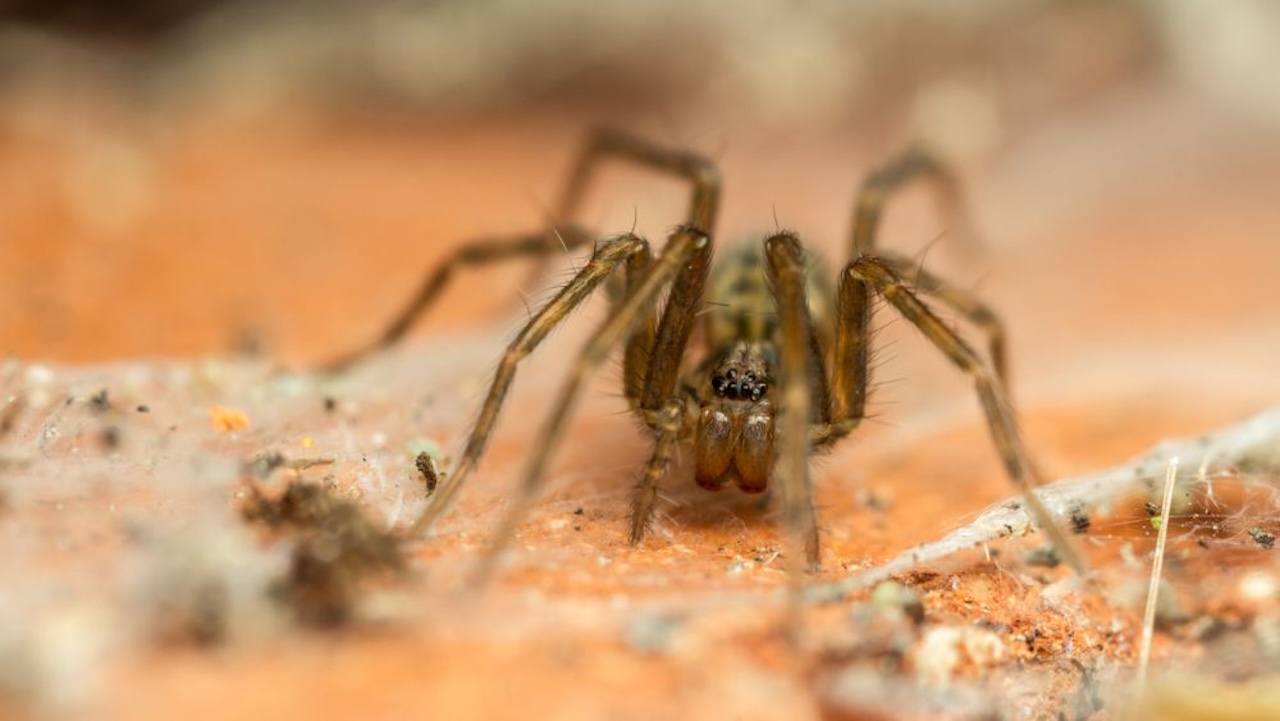

Articles
How To Get Rid Of Spiders In The Attic
Modified: December 7, 2023
Looking for articles on how to get rid of spiders in your attic? Find effective and practical tips to eliminate spiders and create a spider-free environment in your attic.
(Many of the links in this article redirect to a specific reviewed product. Your purchase of these products through affiliate links helps to generate commission for Storables.com, at no extra cost. Learn more)
Introduction
Welcome to our comprehensive guide on how to get rid of spiders in the attic. Dealing with a spider infestation in the attic can be quite unnerving, not to mention the potential risks they pose to your health and property. Spiders are skilled climbers and can easily find their way into your attic through small cracks and openings.
In this article, we will explore various methods for identifying and eliminating spiders in the attic, ranging from natural, DIY solutions to chemical approaches and professional pest control assistance. By following these steps, you can reclaim your attic from these eight-legged intruders and restore peace of mind.
Before we delve into the solutions, let’s take a closer look at the spider problem in the attic and the common spider species you might encounter.
Key Takeaways:
- Understanding the behavior and habits of spiders is crucial in devising an effective plan to get rid of them. Identifying common spider species and assessing the level of infestation are essential steps in reclaiming your attic from these eight-legged intruders.
- Prioritizing safety precautions, utilizing natural or chemical methods, and sealing entry points are key strategies for preventing and eliminating spider infestations in the attic. Regular cleaning and maintenance practices can further discourage spider presence and ensure a pest-free environment.
Read more: How To Get Rid Of Grass Spiders
Understanding the Spider Problem in the Attic
The first step in effectively dealing with spiders in the attic is understanding the problem at hand. The attic provides an ideal environment for spiders to thrive, offering them a dark and undisturbed space to spin their webs and catch prey.
Spiders are attracted to the attic due to the abundance of insects and other small pests that may be present. They feed on these pests and create their webs to catch them. Unfortunately, the presence of spiders in the attic can lead to an increase in spider populations throughout your home.
Another reason why spiders may choose the attic as their habitat is because of the availability of suitable hiding spots and access to other areas of the house. Spider infestations in the attic can often result in spiders finding their way into other parts of the home, causing further distress and potential health risks.
Understanding the behavior and habits of spiders is crucial in devising an effective plan to get rid of them. Spiders are generally nocturnal creatures, preferring to be active during the night. They can often be found hiding in corners, cracks, and crevices, making it important to thoroughly inspect the attic to identify their presence.
It’s worth noting that not all spiders are harmful or dangerous. Many species play a beneficial role in controlling the population of other pests, such as flies and mosquitoes. However, if the spider population in your attic becomes excessive or if you are dealing with venomous spiders, it’s essential to take appropriate measures to eliminate them.
In the next section, we will discuss how to identify the common spider species that may be infesting your attic.
Identifying Common Spider Species in the Attic
When dealing with spiders in the attic, it’s helpful to be able to identify the common spider species that may be present. This knowledge can assist you in determining the level of infestation and selecting the appropriate methods for their removal.
Here are some of the common spider species you may encounter in the attic:
- House spiders: These spiders are most commonly found indoors, including the attic. They are typically brown or gray in color and have a round abdomen. House spiders do not pose a significant threat but can be a nuisance due to their web-building habits.
- Black widow spiders: Black widows are venomous spiders that are recognizable by their black bodies and red hourglass-shaped markings on the abdomen. While they are not commonly found in attics, it’s important to be cautious if you come across them. Seek professional help for their removal.
- Brown recluse spiders: Also known as violin spiders, brown recluse spiders have a distinct brown color and a violin-shaped marking on their thorax. They prefer dark and undisturbed areas like attics, and their bites can cause severe reactions. Professional pest control should be sought for their elimination.
- Cellar spiders: Cellar spiders, also known as daddy longlegs, have long, skinny legs and a small body. They are typically light brown or gray in color and build messy webs in corners and other secluded areas of the attic.
While this is not an exhaustive list, these are some of the prevalent spider species you might come across in the attic. If you are unsure about the identification or suspect the presence of venomous spiders, it’s always best to consult with a pest control professional.
Now that you have a better understanding of the common spider species, let’s move on to assessing the level of infestation in your attic.
Assessing the Level of Infestation in the Attic
Before taking any action to get rid of spiders in the attic, it’s crucial to assess the level of infestation. This will help you determine the extent of the problem and choose the most effective methods for spider removal.
Here are some steps to assess the level of infestation in your attic:
- Visual Inspection: Take a thorough look around your attic, paying attention to corners, ceiling edges, and hidden spaces. Look for signs of spider webs, egg sacs, and discarded exoskeletons. Additionally, keep an eye out for live spiders crawling around.
- Spider Population: Determine the number of spiders present in the attic. Are they just a few occasional visitors, or is there a significant population? A large number of spiders suggests a more severe infestation.
- Spider Species: Identify the types of spider species present in the attic. This will help you understand the potential risks associated with their presence and guide you in selecting appropriate removal methods.
- Frequency of Sightings: Take note of how frequently you spot spiders in the attic. Are they only seen occasionally, or do you encounter them on a regular basis? This will give you an idea of the level of spider activity in the area.
- Extent of Webbing: Assess the amount of spider webs in the attic. Abundant webs indicate a higher level of spider presence and activity.
By evaluating these factors, you can gauge the severity of the spider infestation and decide on the best course of action. If you only notice a few sporadic spiders and minimal webs, you may be able to address the issue with DIY methods. However, if the infestation is extensive, involves venomous spiders, or poses a significant risk, it’s advisable to seek professional pest control assistance.
Next, we’ll discuss some essential safety precautions to keep in mind before attempting any spider removal in the attic.
Safety Precautions before Spider Removal
While it’s important to eliminate spiders from your attic, it’s equally crucial to take the necessary safety precautions to protect yourself during the removal process. Here are some essential safety measures to follow before attempting any spider removal:
- Protective Clothing: Before entering the attic, ensure that you are wearing appropriate protective clothing. This includes long sleeves, long pants, gloves, and closed-toe shoes. By covering your exposed skin, you can minimize the risk of bites and reduce direct contact with spiders.
- Face Mask: Consider wearing a face mask to prevent inhaling any spider-related allergens or irritants. Dust and debris from disturbed webs or spider droppings can potentially cause respiratory issues for sensitive individuals.
- Lighting: Ensure that you have sufficient lighting in the attic to see clearly and avoid any accidental encounters with spiders. A headlamp or portable flashlight can be helpful in illuminating dark corners and hidden areas.
- Spider Identification: If you are unsure about the identification of a spider, it’s best to err on the side of caution. Avoid handling or attempting to remove any potentially venomous spiders yourself. Consult with a pest control professional for proper identification and removal.
- Allergy Considerations: If you or anyone in your household has known allergies to spiders or their venom, exercise extreme caution or consider leaving the removal to professionals. Allergic reactions to spider bites can range from mild to severe and require immediate medical attention.
- Children and Pets: Keep children and pets away from the attic during the spider removal process. Spiders can become agitated when disturbed and may bite if they feel threatened. It’s best to ensure the safety of everyone by restricting their access to the area.
Remember, safety should always be your top priority when dealing with spiders in the attic. If you have any concerns or doubts about your ability to safely remove spiders, it’s best to seek professional help.
Next, we’ll explore natural methods to get rid of spiders in the attic without the use of chemical pesticides.
Read more: How To Get Rid Of Spiders In A Crawl Space
Natural Methods to Get Rid of Spiders in the Attic
If you prefer to tackle the spider infestation in your attic using natural methods, there are several effective techniques you can employ. These methods are safe, environmentally friendly, and do not involve the use of chemical pesticides. Here are some natural ways to get rid of spiders in the attic:
- Vacuuming: Regularly vacuum the attic, paying close attention to corners, cracks, and other potential spider hiding spots. Use a vacuum cleaner with a hose attachment to suck up any spiders, webs, or egg sacs. Empty the vacuum bag or canister outside the house to ensure the spiders are removed completely.
- Essential Oils: Certain essential oils have strong scents that spiders dislike. Mix a few drops of essential oils such as peppermint, tea tree, or citronella with water in a spray bottle. Spray this mixture around the attic entrances, windows, and other areas where spiders may enter or dwell. Reapply the spray regularly to maintain its effectiveness.
- White Vinegar: Create a solution of equal parts white vinegar and water, then spray it along the baseboards, walls, and other areas where spiders are present. Spiders are known to dislike the strong scent of vinegar, and it can help repel them from your attic.
- Citrus Peels: Spiders are repelled by the scent of citrus. Place citrus peels, such as orange or lemon, in strategic areas of the attic to deter spiders from entering. Replace the peels regularly to maintain the scent.
- Cedar Blocks or Chips: Spiders dislike the smell of cedar. Place cedar blocks or cedarwood chips in the attic to create an odor barrier that repels spiders. Refresh the cedar regularly to ensure its effectiveness.
- Sealing Entry Points: Inspect your attic for any cracks, gaps, or openings that spiders can use as entry points. Seal these openings with caulk or weatherstripping to prevent spiders from entering your attic in the first place.
Remember, natural methods may require consistent and repeated application to effectively deter spiders. While these methods can help control the infestation, they may not completely eliminate all spiders from your attic. If the infestation persists or worsens, it may be necessary to explore other options, such as chemical approaches or seeking professional pest control assistance.
Next, we’ll explore chemical approaches for spider extermination in the attic.
Seal any cracks or openings in the attic to prevent spiders from entering. Use a vacuum to remove existing webs and spiders, and consider using natural repellents like peppermint oil or vinegar. Keep the attic clean and clutter-free to discourage spider infestations.
Chemical Approaches for Spider Extermination in the Attic
If natural methods have not provided satisfactory results or if you have a severe spider infestation in your attic, you may consider using chemical approaches to eliminate spiders. It’s important to note that chemical pesticides should be used with caution and according to the product instructions. Here are some chemical methods for spider extermination in the attic:
- Insecticides: Look for insecticides specifically formulated for spiders. These products often come in ready-to-use sprays or concentrated solutions that need to be diluted. Apply the insecticide to areas where spiders are frequently seen or suspected, such as corners, cracks, and crevices. Be sure to follow the instructions carefully and take necessary safety precautions.
- Dusts: Insecticidal dusts can be effective in treating hard-to-reach areas in the attic, such as wall voids or attics with insulation. Apply the dust using a duster or applicator according to the product instructions. Dusts work by clinging to the spider’s body, causing it to dehydrate and perish.
- Residual Sprays: Residual sprays are long-lasting insecticides that provide continuous protection against spiders. Apply these sprays along the attic perimeters, windows, and other entry points to create a barrier that deters spiders from entering or moving around. Take care to read and follow the instructions to ensure effective and safe application.
- Spider Baits: Spider baits are formulated to attract and kill spiders. These bait stations contain active ingredients that are toxic to spiders when ingested. Place the bait stations in areas with high spider activity and replace them as directed by the manufacturer. Keep in mind that baits may not be as effective for certain spider species that primarily rely on capturing live prey.
When using chemical approaches, it’s important to consider the potential risks to human health, pets, and the environment. Follow the instructions carefully, use protective gear, and apply the products judiciously. If you prefer to avoid using chemicals or if the infestation is extensive, it may be wise to seek help from a professional pest control service experienced in attic spider removal.
In our next section, we’ll discuss the importance of sealing entry points to prevent spider infestation in the attic.
Sealing Entry Points to Prevent Spider Infestation
One of the most effective ways to prevent spider infestation in the attic is by sealing entry points. Spiders can enter your home through even the tiniest cracks and gaps, so it’s essential to take measures to block their access. Here are some steps to effectively seal entry points and prevent spider infestation:
- Inspect the Attic: Conduct a thorough inspection of your attic to identify potential entry points. Look for cracks, gaps, holes, and openings in the walls, ceiling, windows, and vents. Take note of any damaged or missing weatherstripping or caulking.
- Caulk and Weatherstrip: Use high-quality silicone caulk or weatherstripping to seal gaps and cracks found during the inspection process. Pay special attention to areas where wiring or pipes enter the attic, as spiders can exploit these openings as well.
- Repair Damaged Areas: Repair any damaged areas of the attic, including broken screens, damaged vents, or holes in walls or ceilings. These areas can serve as easy entry points for spiders and other pests, so it’s important to address them promptly.
- Secure Windows and Doors: Ensure that windows and doors leading to the attic are secure and have properly fitting screens. Replace or repair any damaged screens to prevent spiders from gaining access through them.
- Use Door Sweeps: Install door sweeps on attic doors to create a barrier against spider entry. Door sweeps help seal gaps between the bottom of the door and the threshold, preventing spiders from crawling in.
- Inspect and Maintain Exterior: Check the exterior of your home for any openings that could allow spiders to enter the attic. Look for cracks in the foundation, gaps around utility pipes, or damaged vents. Seal these openings with appropriate materials to prevent spider infestation.
By sealing entry points, you can significantly reduce the chances of spiders making their way into your attic. Keep in mind that regular maintenance and inspections are crucial to ensure the continued effectiveness of these measures.
In addition to sealing entry points, regular cleaning and maintenance in the attic are also key in preventing spider infestations. We’ll explore this topic in the next section.
Regular Cleaning and Maintenance in the Attic
Regular cleaning and maintenance in the attic are essential to prevent spider infestations and keep your attic space tidy and pest-free. By following these practices, you can create a less inviting environment for spiders and reduce their chances of establishing a presence in your attic. Here are some important steps to incorporate into your attic maintenance routine:
- Declutter: Remove unnecessary items and clutter from the attic. Spiders thrive in hidden and undisturbed areas, so clearing out any excess belongings will eliminate potential hiding spots.
- Vacuum Regularly: Vacuum the attic regularly to remove dust, dirt, and spider webs. Pay close attention to corners, wall junctions, and other areas where spiders tend to build their webs.
- Remove Existing Webs: While you’re vacuuming, take the opportunity to remove any existing spider webs. This will not only improve the appearance of the attic but also discourage spiders from rebuilding their webs in the same spots.
- Check for Moisture Issues: Spider infestations are often attracted to areas with high humidity. Regularly check for and address any moisture issues in the attic, such as leaks or inadequate ventilation. Control moisture levels to make the environment less appealing to spiders.
- Organize Storage: If you use the attic for storage, keep items in sealed plastic containers to reduce potential hiding places for spiders. Storing items in closed containers will make it more difficult for spiders to establish themselves.
- Regular Inspections: Conduct periodic inspections of the attic to catch any signs of spider activity early on. Look for webs, egg sacs, or live spiders and take appropriate action to eliminate them promptly.
By incorporating these cleaning and maintenance practices into your routine, you can create a less hospitable environment for spiders in the attic. Regular upkeep will help prevent spider infestations and ensure a clean and pest-free space.
If despite your best efforts, the spider infestation in the attic persists or worsens, it may be time to seek professional pest control assistance. We’ll discuss this option in the next section.
Read more: How To Get Rid Of Bats In The Attic
Seeking Professional Pest Control Assistance
If you have tried various DIY methods and the spider infestation in your attic continues to persist or worsen, it may be necessary to seek professional pest control assistance. Professional exterminators have the expertise and tools to effectively assess the situation, address the underlying causes of the infestation, and provide targeted treatments. Here are some reasons why you might consider seeking professional help:
- Expertise and Knowledge: Pest control professionals are trained to identify different spider species, their habits, and the most effective methods for their removal. They can accurately assess the severity of the infestation and develop a customized plan to address it.
- Specialized Equipment and Treatments: Professionals have access to specialized equipment and treatments that may not be available to homeowners. This allows them to tackle the infestation more efficiently and effectively.
- Integrated Pest Management: Pest control companies often practice integrated pest management (IPM) techniques, which involve a combination of preventive measures, targeted treatments, and ongoing monitoring. This comprehensive approach helps ensure long-term spider elimination and prevention.
- Safe and Environmentally Friendly Solutions: Professional pest control providers prioritize the safety of you, your family, and the environment. They use approved and regulated pesticides and employ techniques that minimize risks while effectively exterminating spiders.
- Guaranteed Results: Many professional pest control companies offer guarantees or warranties for their services. This means that if the spider infestation persists after treatment, they will return to reevaluate and address the issue at no additional cost to you.
When choosing a pest control company, do your research, check their credentials, read reviews, and ask for recommendations from trusted sources. It’s important to select a reputable company that has the necessary licenses and follows industry best practices.
Remember, professional pest control assistance should be sought if you have a severe infestation, if you are dealing with venomous spiders, or if your DIY efforts have been unsuccessful. Their expertise and experience can greatly improve the chances of successfully eliminating spiders from your attic and ensuring long-term prevention.
Now that you are equipped with knowledge about various methods for getting rid of spiders in the attic, it’s time to take action and reclaim your attic space from these eight-legged intruders. Good luck!
Please note: The information provided in this article is for informational purposes only. It is not a substitute for professional pest control advice. Always consult with a qualified pest control professional for specific recommendations tailored to your situation.
Conclusion
Dealing with a spider infestation in the attic can be a daunting task, but armed with the knowledge and techniques outlined in this comprehensive guide, you can effectively get rid of spiders and prevent future infestations. By understanding the spider problem in the attic, identifying common spider species, assessing the level of infestation, taking safety precautions, and utilizing natural or chemical methods, you can reclaim your attic space and restore peace of mind.
Start by understanding the behavior of spiders and the reasons they are drawn to the attic. Identify common spider species that may be present, and assess the severity of the infestation. Prioritize your safety by following necessary precautions before attempting any removal methods. Natural methods such as vacuuming, using essential oils or vinegar, and implementing cedar blocks can help deter spiders without the use of chemical pesticides. If the infestation persists or is severe, consider using chemical approaches such as insecticides, dusts, sprays, or spider baits.
Sealing entry points is crucial in preventing spiders from entering the attic. Regular cleaning and maintenance practices, including decluttering, vacuuming, and repairing any moisture issues, can further discourage spider infestations. If all else fails, or if you have a severe infestation, venomous spiders, or if your DIY efforts are unsuccessful, seek professional pest control assistance. Pest control professionals have the expertise, tools, and specialized treatments needed to effectively eliminate spiders from your attic.
Remember, prevention is key. Regular inspections, maintaining a clean and well-sealed attic, and addressing any issues promptly can help prevent future spider infestations. By taking the necessary steps to keep your attic spider-free, you can create a safe and comfortable environment for you and your family.
Now that you have a comprehensive understanding of how to get rid of spiders in the attic, it’s time to put this knowledge into action and reclaim your attic space. Good luck in your spider removal endeavors!
Please note: The information provided in this article is for informational purposes only. It is not a substitute for professional pest control advice. Always consult with a qualified pest control professional for specific recommendations tailored to your situation.
Frequently Asked Questions about How To Get Rid Of Spiders In The Attic
Was this page helpful?
At Storables.com, we guarantee accurate and reliable information. Our content, validated by Expert Board Contributors, is crafted following stringent Editorial Policies. We're committed to providing you with well-researched, expert-backed insights for all your informational needs.
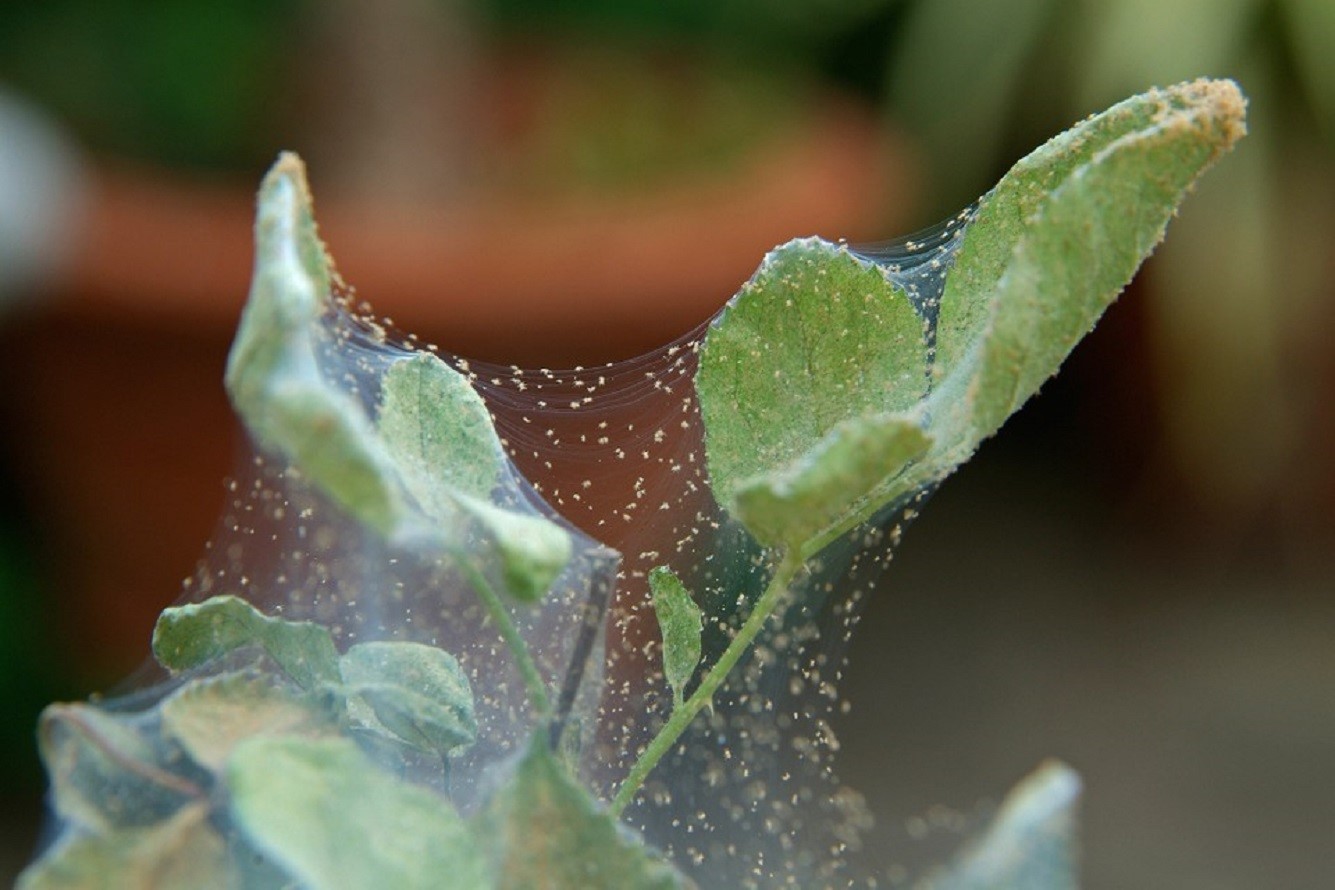
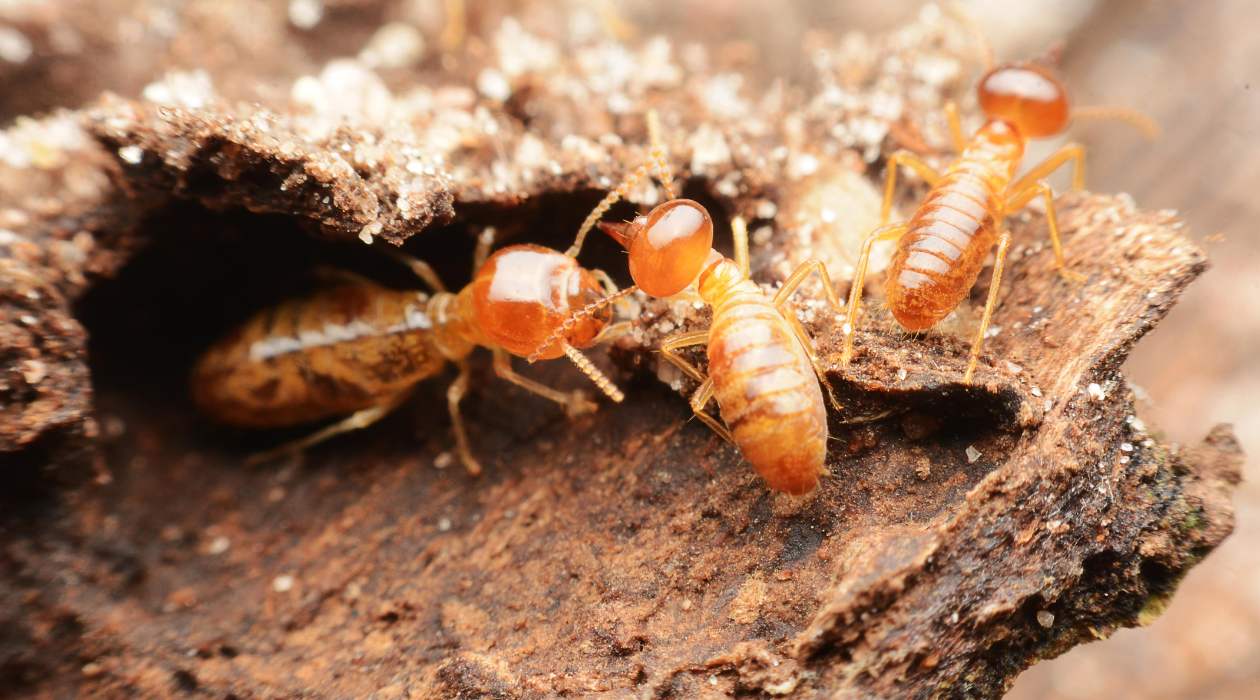
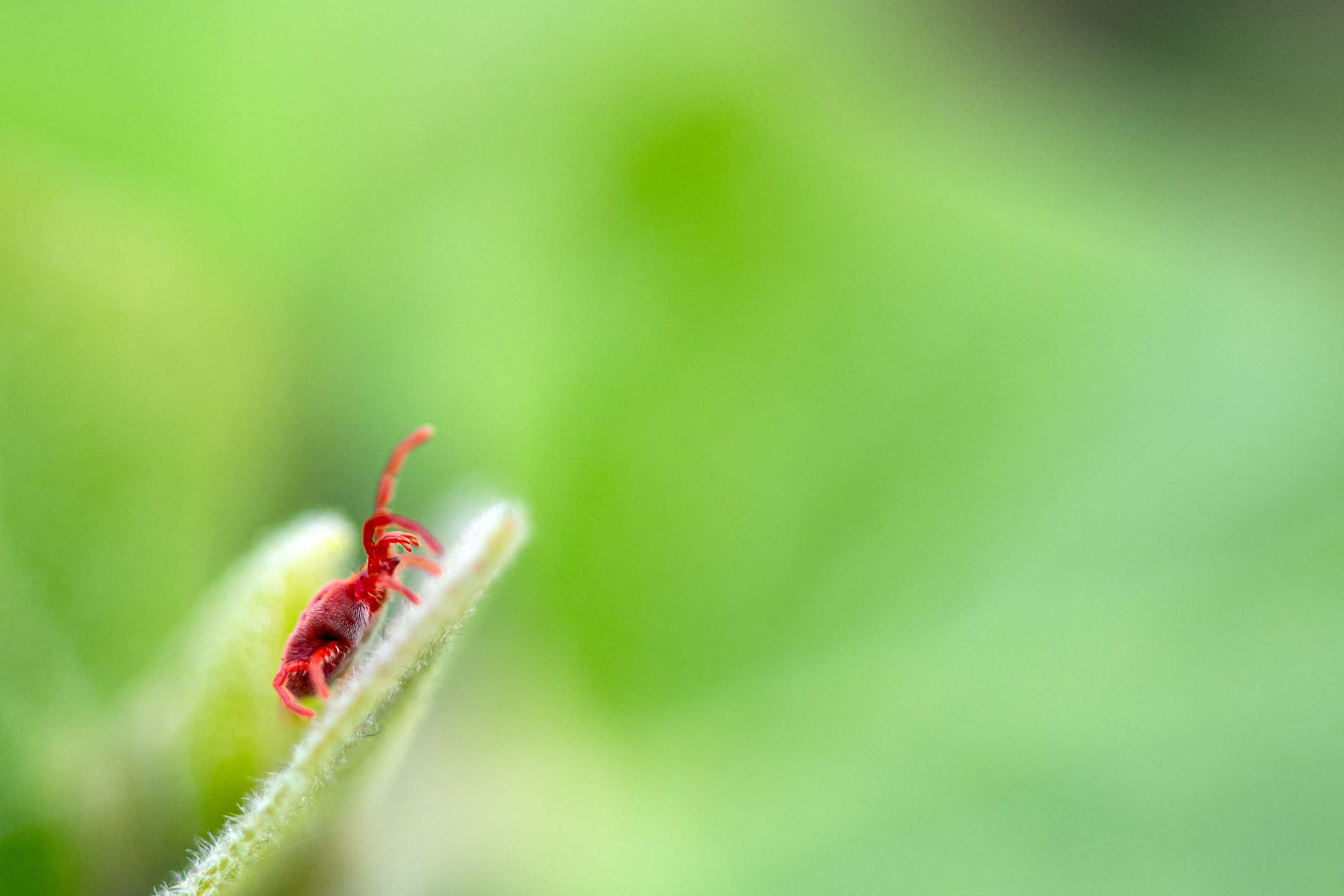
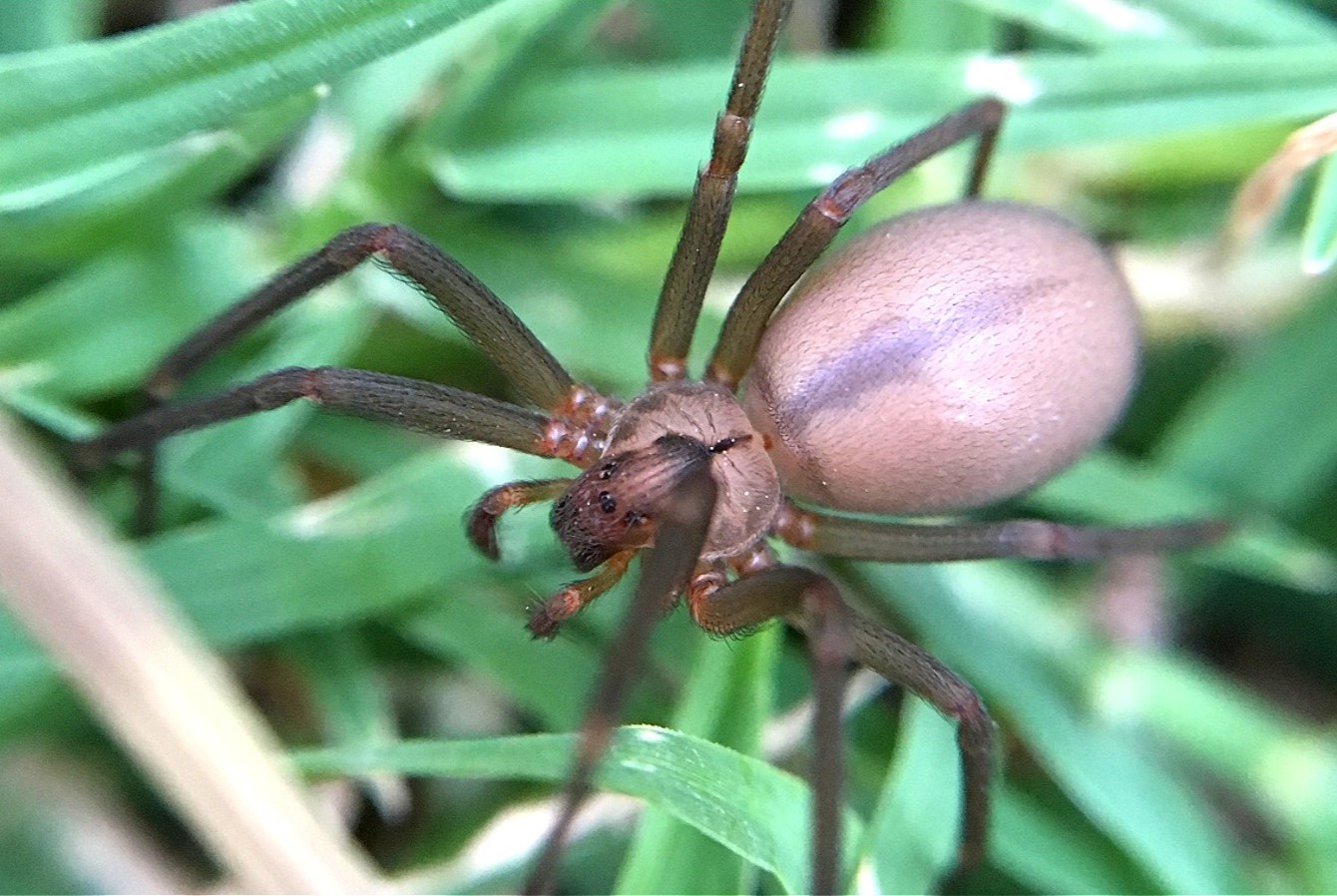

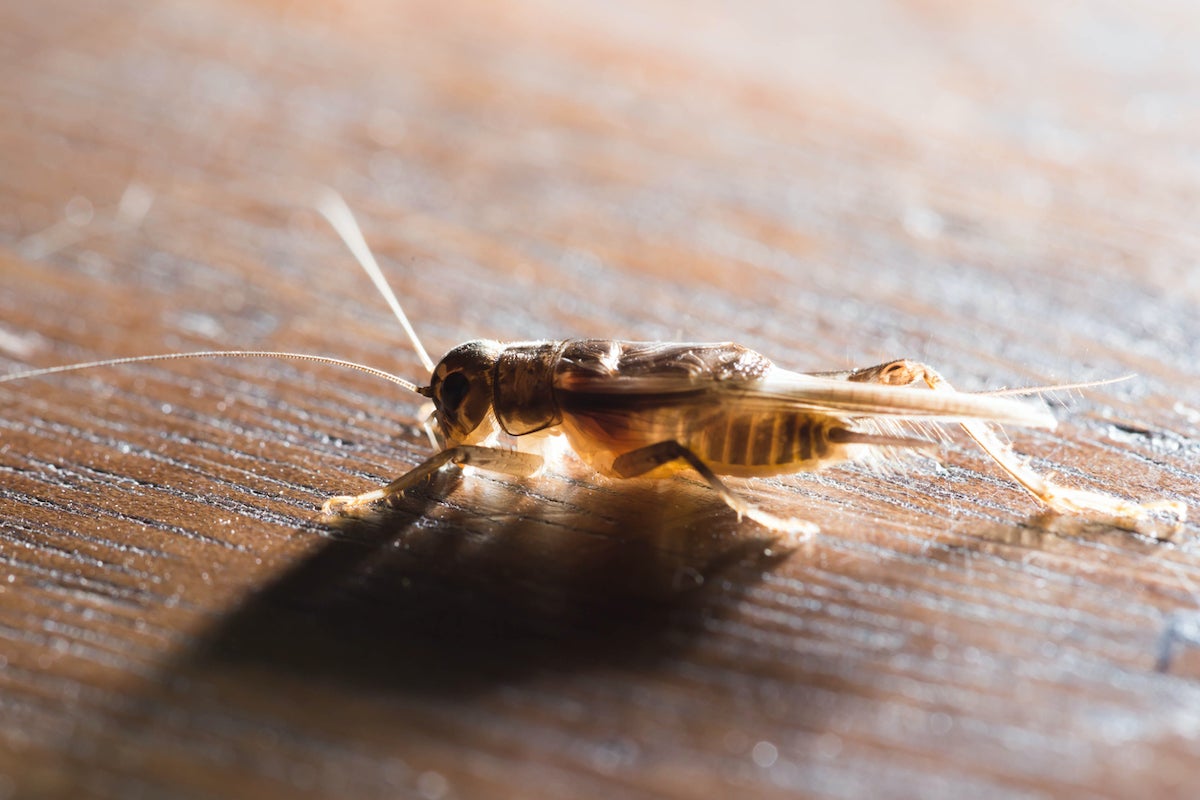
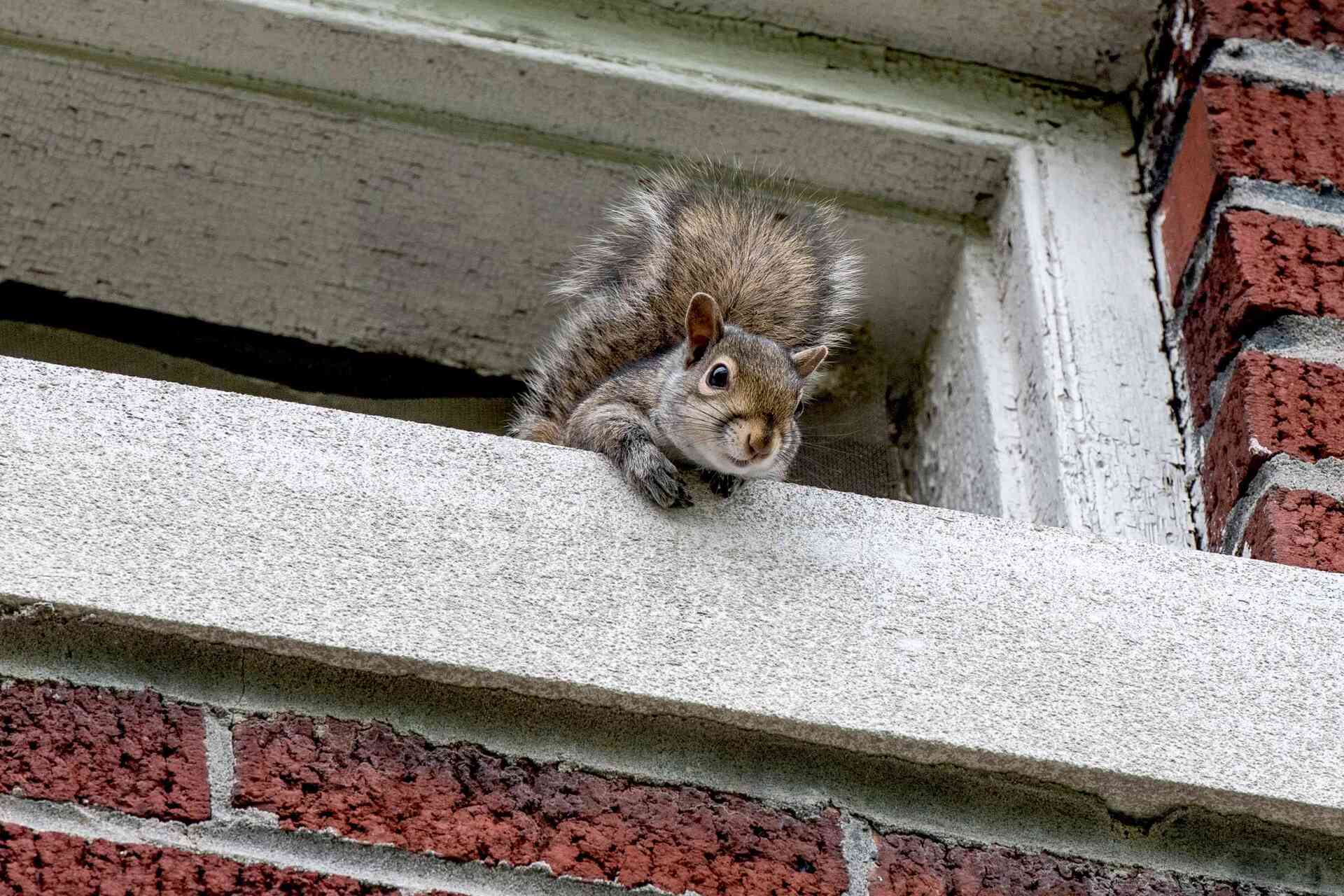
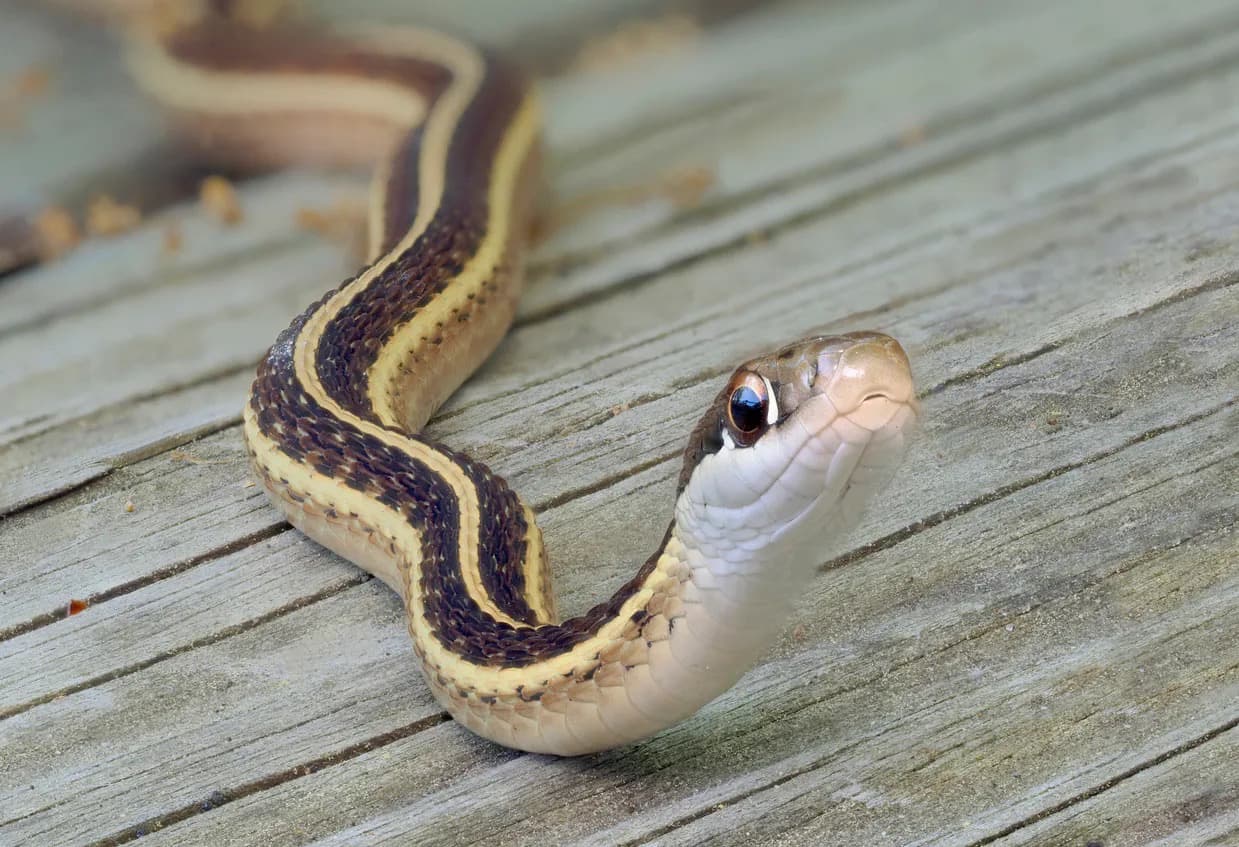
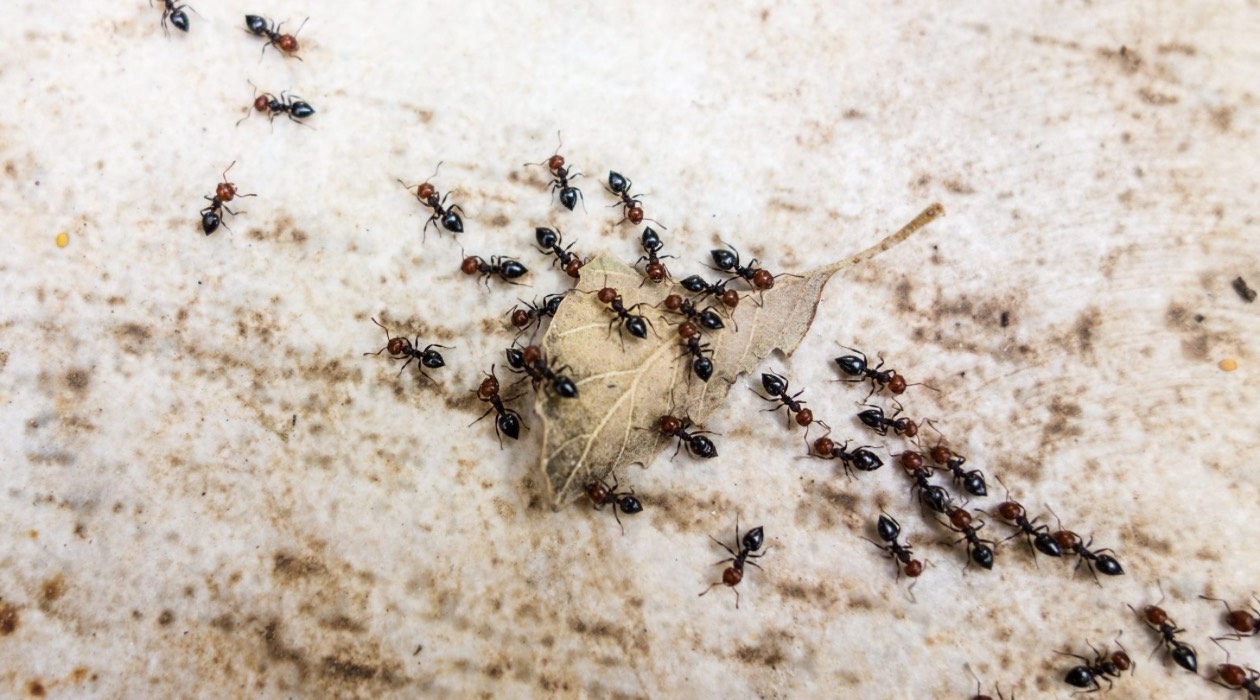
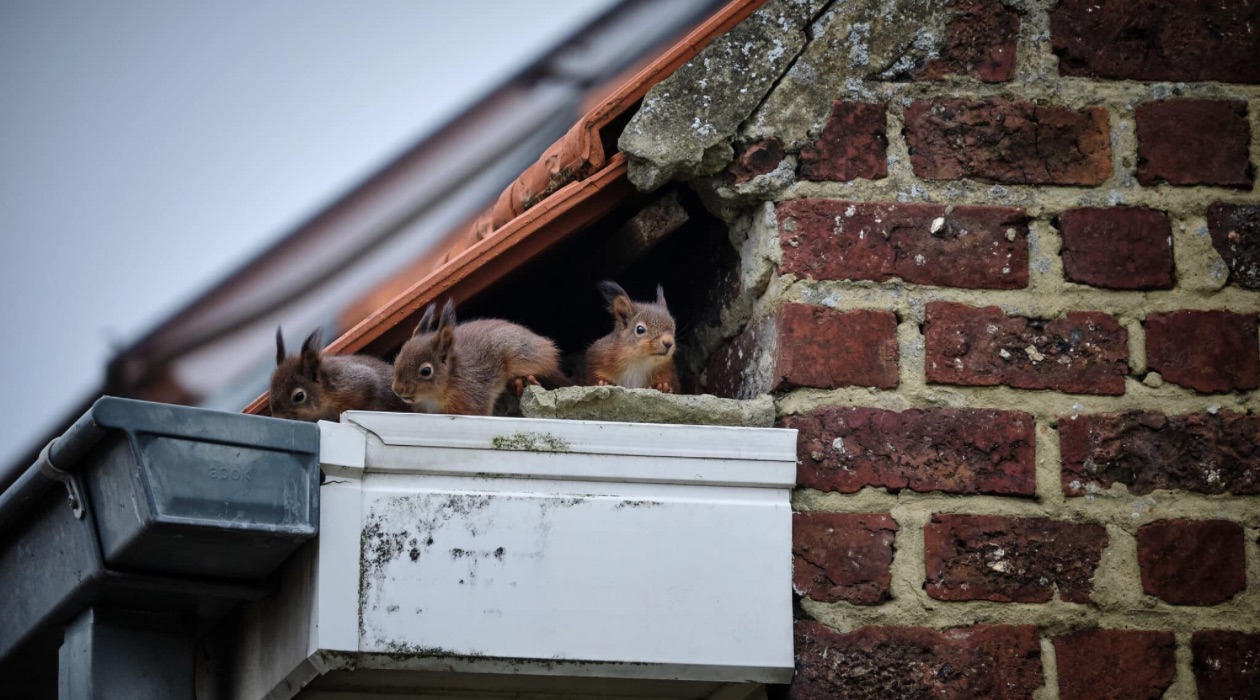
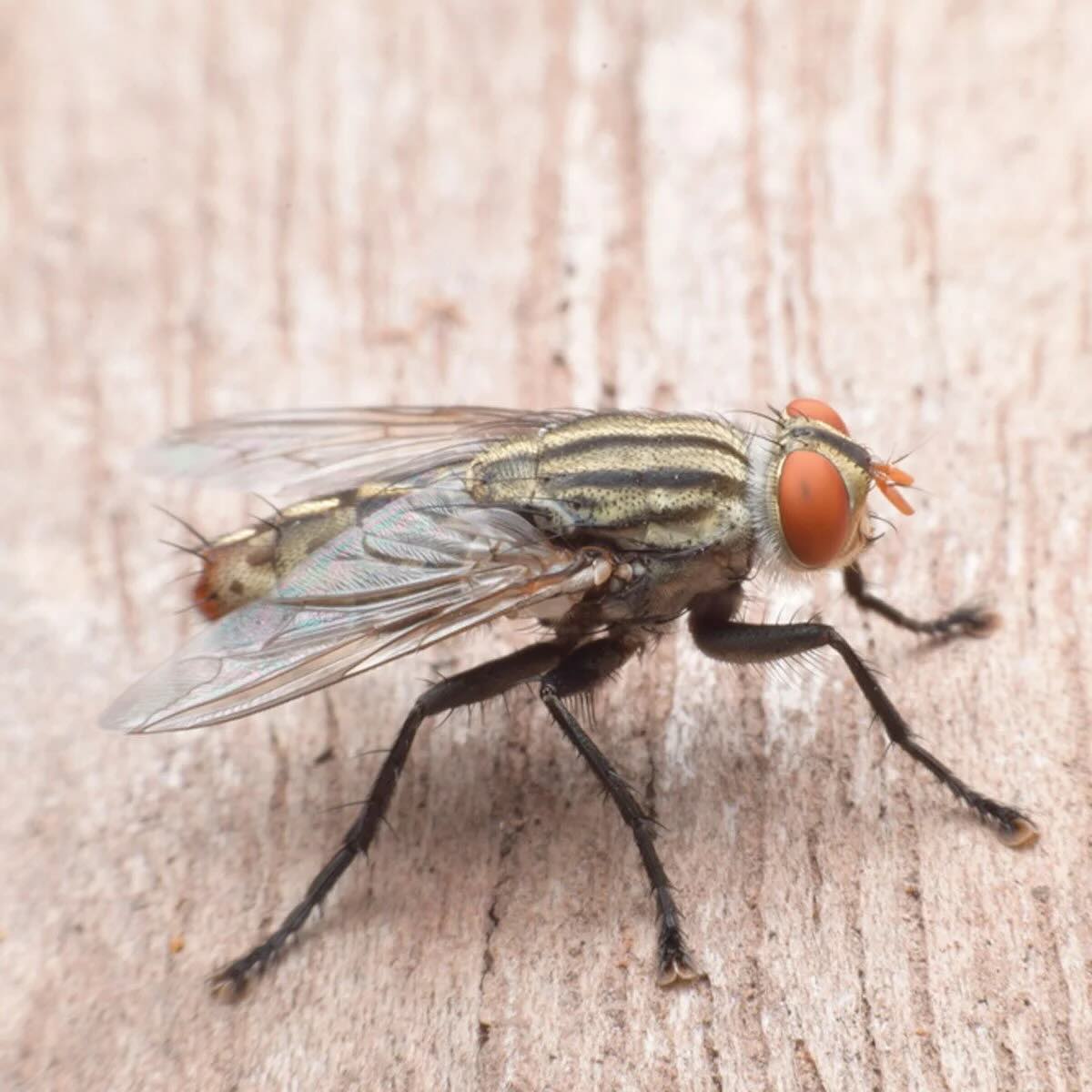
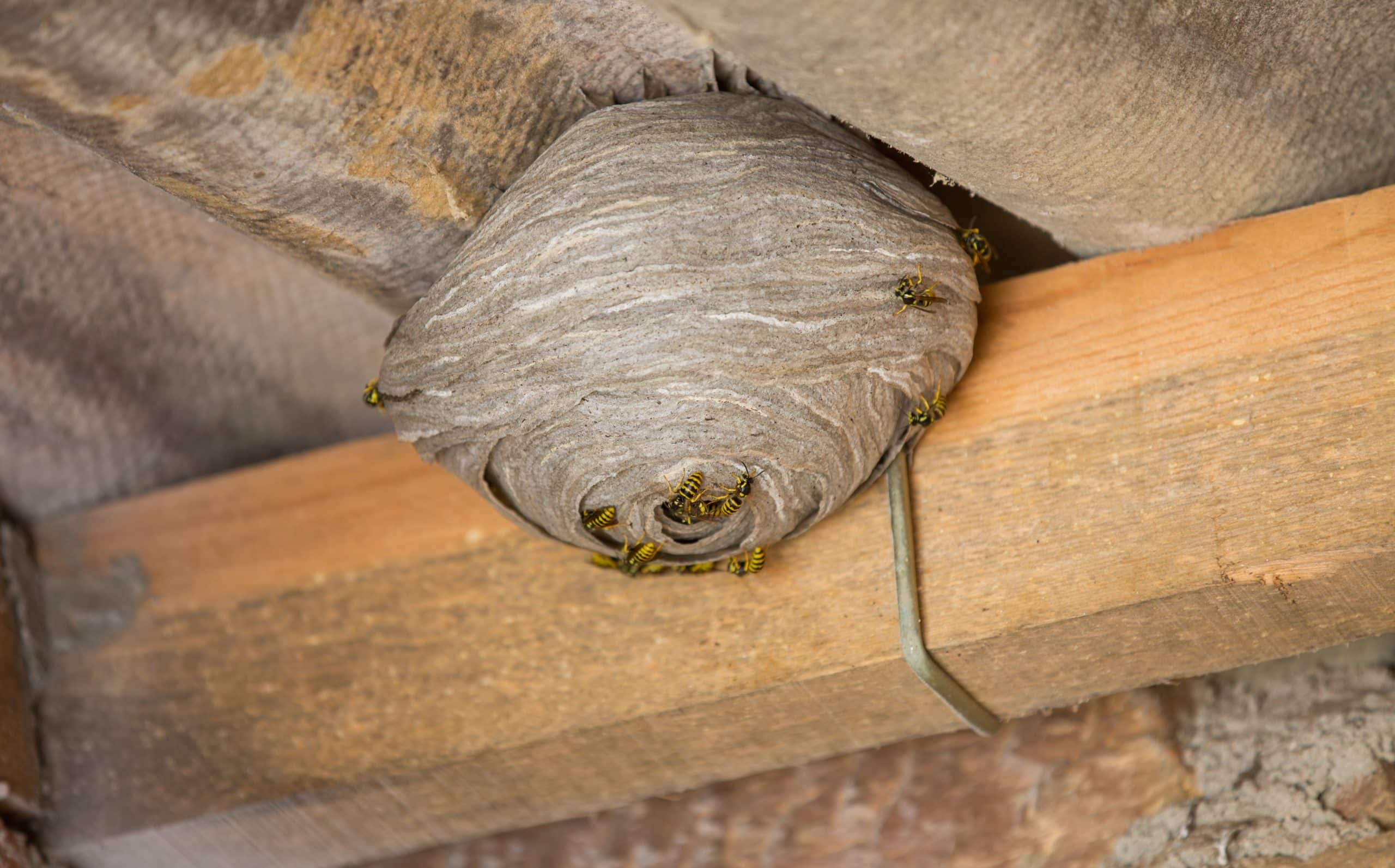
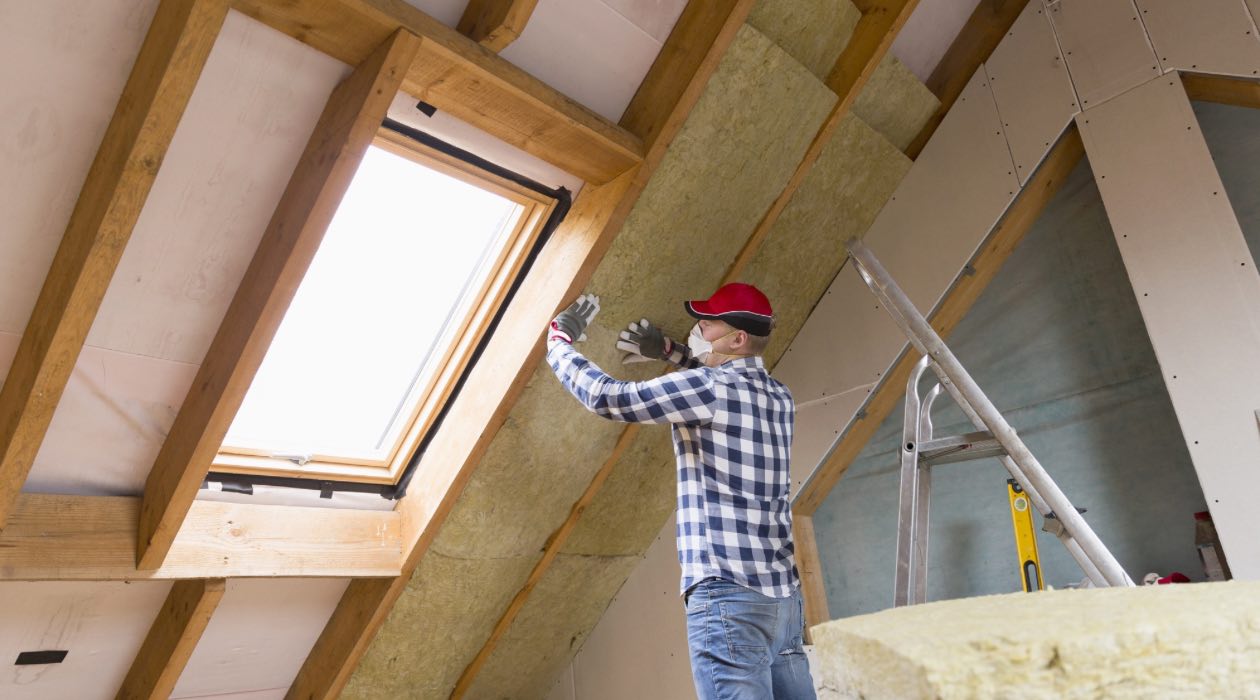

0 thoughts on “How To Get Rid Of Spiders In The Attic”